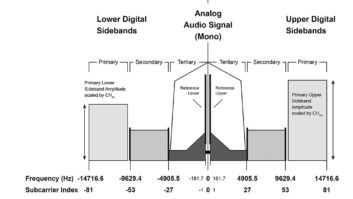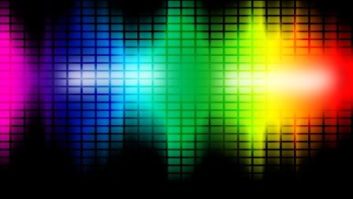Radio World’s free eBook series has been a huge hit. In our newest edition, just published, one of the highlights is an interview with Dave Kolesar. He’s the engineer at Hubbard Radio who turned off the analog signal of AM radio station WWFD in Frederick, Md., for a year to broadcast in all-digital rather than the hybrid mode of IBOC.

A sampling of info that emerged from our conversation:
• The project grew out of a collaborative effort between the station and Xperi Corp. Also involved are NAB Pilot, Kintronic Labs and Cavell, Mertz & Associates.
• Given well-documented issues facing analog AM — poor sensitivity, technical upkeep, quality of receivers and narrow audio bandwidth — Hubbard thinks all-digital opens the door to a new audience for the station and is an opportunity for “an enhanced in-vehicle AM experience,” including better sound quality and more display features.
• Kolesar is unusual in being both a transmitter engineer and program director. “I have been fortunate enough to have been given an HD sub-channel to program as a music channel called The Gamut,” he told me. “Over the course of its expansion it also encompassed WWFD. As a result, I had effective control of this little AM radio station, and it was building up an audience. We were going to get a translator for it, and most of the audience would, predictably, migrate over to the FM translator. This gave me the idea, ‘Whoa, our analog audience is going to be parked on our FM signal. Why not try to do something with the AM, which has a much larger footprint than the translator? Why don’t we try to make the AM competitive as well in the long term?’ Then you could use your FM translator to promote the idea: ‘Hey, as soon as the translator fades out, come back to the AM with your HD Radio and get another 40, 50, 60 miles of listening.’”
• He notes that about 20 percent of vehicles in the Washington area have HD Radio. “As a music station on AM, I would rather take my chances with that 20 percent than try to keep convincing people to give music on analog AM a try. Because it’s just not working.”
• He acknowledges that some listeners have been disappointed, when their analog AM signal disappeared, but said he’s also gotten a lot of positive feedback. “Listeners have also asked technical questions about it; they’re very interested in how it works, and people have noted how digital AM behaves differently than analog AM in terms of reception and buffering. These are some of the effects we’re hoping to quantify.”
• “The big benefit of course is the wow factor when it comes to the sound quality. In the MA3 mode you get 40 kilobits per second of bandwidth in core and enhanced mode, 20 kbps in core only mode. That’s the size of the data pipe.”
• “The risk of course is you are turning off your existing analog audience. That’s why I’ve viewed the translator concept as a very good intermediate step to AM revitalization.”

To find out what’s in his air chain and to read about other considerations came into play, find the article at radioworld.com/resource-center.
Also in the eBook, we dive into recent data from Xperi about HD Radio deployment. How many receivers are in the market? How many cars are shipping with HD Radio? Which cities have the highest penetration?
And the eBook features a white paper from Jeff Welton of Nautel, reviewing the evolution of the IBOC system used in the United States, and addressing what he calls six myths about HD Radio implementations.
We are fast approaching our 50th eBook since launching the series. Upcoming topics include trends in transmitter design, the state of digital radio globally, and an update on audio over IP standards.







